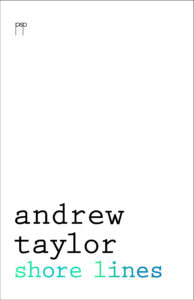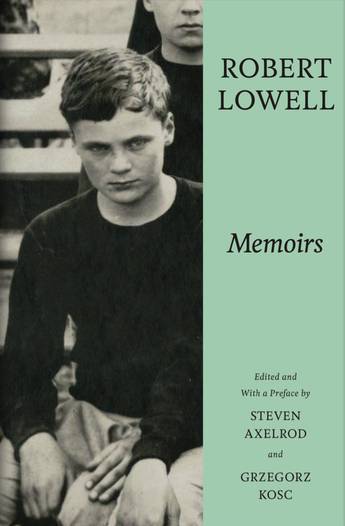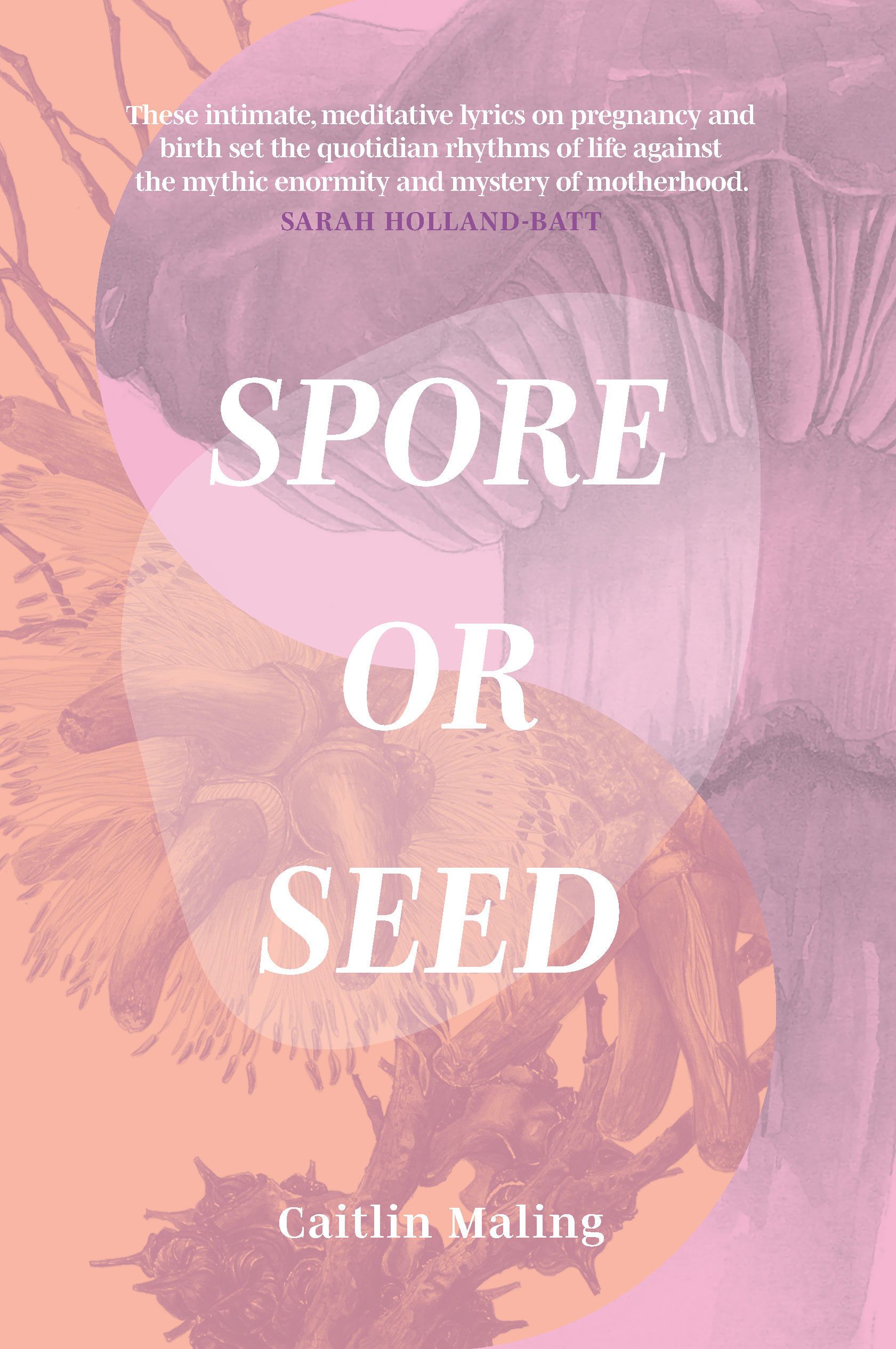Poetry
Andrew Taylor has been an important figure in the Australian poetic landscape since his first book, The Cool Change, appeared in 1971. Identified with no particular group or aesthetic tendency, he has worked as poet and academic in Melbourne, Adelaide, and Perth, and is now retired from teaching and based in Sydney.
... (read more)'Nina in the Hag Mask', a new poem by L.K. Holt.
... (read more)Memoirs by Robert Lowell, edited by Steven Gould Axelrod and Grzegorz Kosc
At his death in 1977, Robert Lowell was considered one of the greatest and most influential American poets of the century. He had absorbed the academic formalism of the Fugitives and New Critics, but had gone beyond it with a humanising anger, the suffering visions of a manic-depressive. Among the Confessional Poets – as W.D. Snodgrass, Anne Sexton, Sylvia Plath and others had come to be called – he was loftier, more prodigious and prolific. Seamus Heaney, who outgrew Lowell’s influence to become a figure of global importance, called him our ‘master elegist / and welder of English’. Not wielder, but welder. Lowell forged his poems, putting words together like pieces of steel. Another critic called his early style ‘imbricated’ for its packed masonry of sound.
... (read more)I Have Decided to Remain Vertical by Gaylene Carbis & The Drama Student by Autumn Royal
There are striking parallels between I Have Decided to Remain Vertical by Gayelene Carbis and The Drama Student by Autumn Royal. Both are new collections from experienced Melbourne poets; both think through women’s places in social and material contexts; both display an intense interest in material things and material places; both engage with works of art beyond their own pages.
... (read more)Spore or Seed by Caitlin Maling & Increments of the Everyday by Rose Lucas
Sharon Olds, author of twelve poetry collections including the Pulitzer Prize-winning Stag’s Leap, has said that when she wrote about motherhood forty years ago, she was advised by editors (‘very snooty, very put-me-down’) to try Ladies Home Journal. For Olds, now celebrated as a bold poet of the body, there is some Schadenfreude in the anecdote, like Bob Dylan’s in ‘Talkin’ New York’ as he recounts his arrival in New York, ‘blowin’ my lungs out for a dollar a day’, only to be told ‘You sound like a hillbilly / We want folksingers here.’
... (read more)Barron Field in New South Wales: The poetics of Terra Nullius by Justin Clemens and Thomas H. Ford
Literary study tends to be characterised by bipolar episodes, swinging between enjoyment and judgement. There is reading for pleasure and learning to be critical, or making up your mind about how good, bad, or indifferent a literary work is. This way of thinking about literature still pervades all levels of the cultural and social scenes where readers talk to one another. We discuss with our friends or communities whether we like a work of literature or not, but when things get formal or seminar-serious the conversation shifts to whether we think that work is any good – a different thing. The Saturday review pages wobble between these two modes, between chat about whether readers will like a book or film, and whether it’s any good or not. Some texts that have become good over time, canonical in other words, we might not like. ‘Like’, here, of course, is a very fuzzy notion, although you would have to be delusional to think a book is automatically good because you like it. And liking certain texts, Ern Malley’s poetry or Stephenie Meyer’s fiction for example, might be evidence, in some people’s view, of a lack of taste, or bad judgement. But as we say, there’s no accounting for that.
... (read more)'Dise', a new poem by Lisa Samuels.
... (read more)Collected Poems by John Kinsella & Collected Poems by John Kinsella
A quarter of a century has passed since Ivor Indyk contributed a scathing review of John Kinsella’s first collected poems to the pages of ABR (July 1997), and the contending responses to that opinion have typified the reception of his poetry among the vituperative local poetry community ever since. This extravagant representation of his work – two volumes of close to a thousand pages each, with a third volume pending – might seem almost deliberately designed to expose the author to similar criticism. Rather than a conventionally shaped collected edition, this is more like a throwing open of filing cabinets, and the nearly 1,700 pages presented so far are certainly not all masterpieces.
... (read more)Poet and editor extraordinaire John Tranter died on 21 April 2023, after a few cruel years of illness with Lewy body dementia. Friends and family gathered at his funeral in the inner Sydney suburb of Rozelle on what would have been his eightieth birthday (29 April) to celebrate John’s remarkable life and mourn his loss. I was honoured to be one of the speakers: what follows incorporates what I said there.
... (read more)Incarnation and Metamorphosis by David Mason & The Colosseum Introduction to David Mason by Gregory Dowling
American/Australian poet, David Mason, is also a verse novelist, librettist, and essayist. His latest collection of essays, Incarnation and Metamorphosis: Can literature change us?, is clearly the work of a man who enjoys literature as he finds it rather than as he is told to see it. He is not afraid to declare in his introduction that ‘[s]ome literary works are better than others’. It is the works themselves, rather than the author’s origins or identity, with which he is concerned. In the first half of Incarnation and Metamorphosis, Mason concentrates on the issues that the phrase ‘better than others’ implies. The second half is devoted mainly to a number of writers whose work currently risks being undervalued or misunderstood to their disadvantage.
... (read more)










